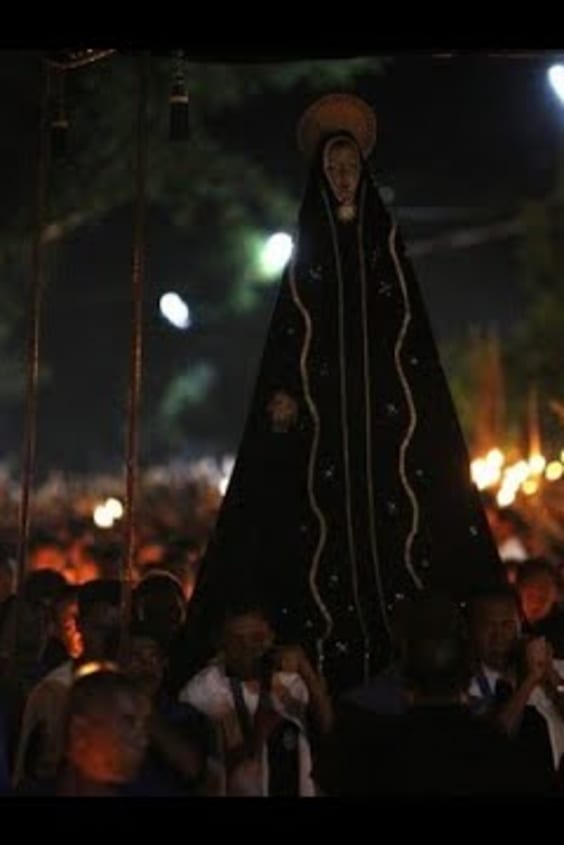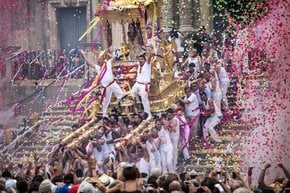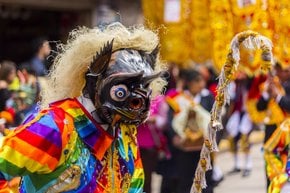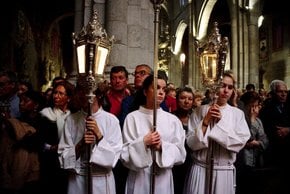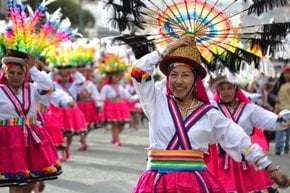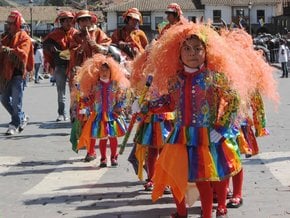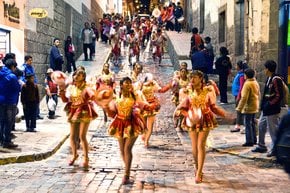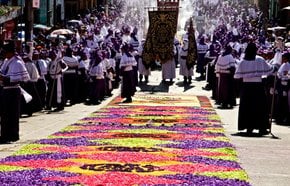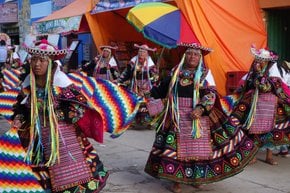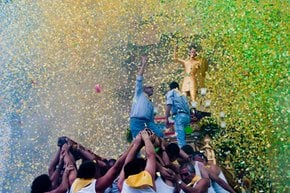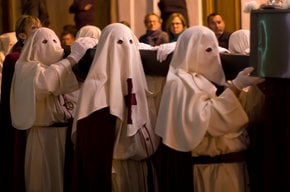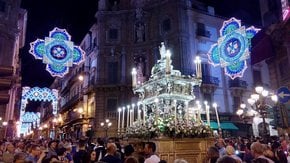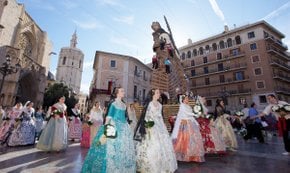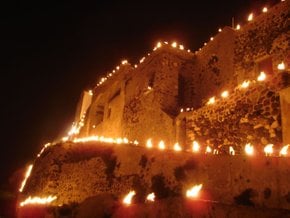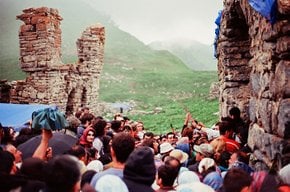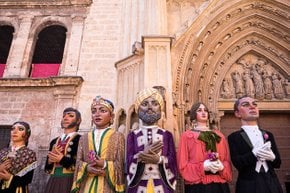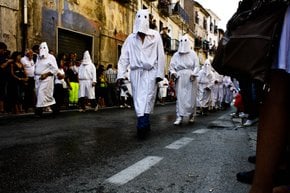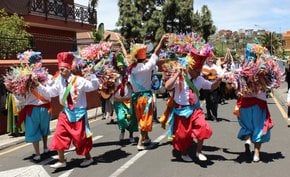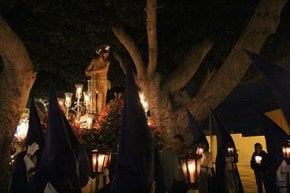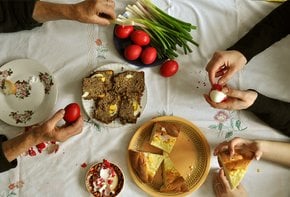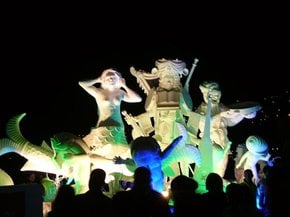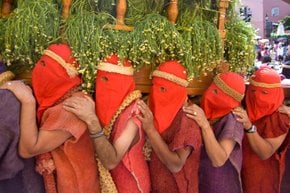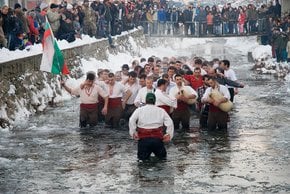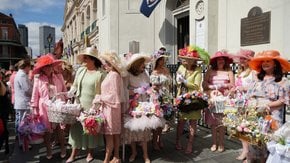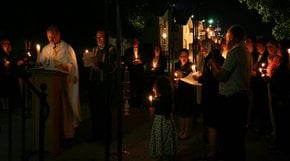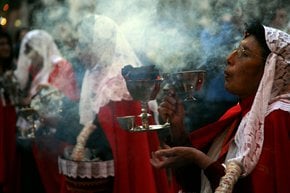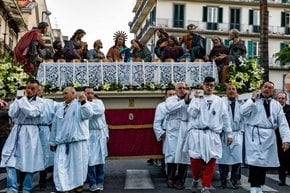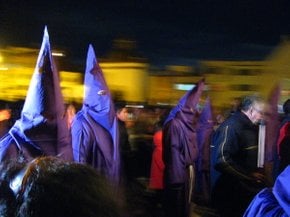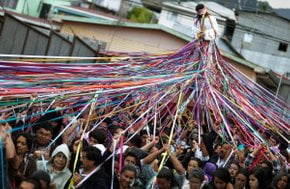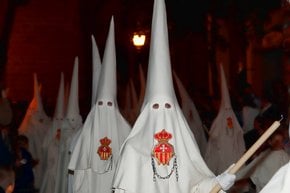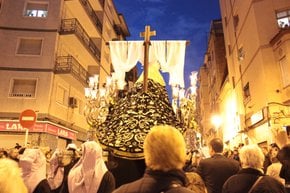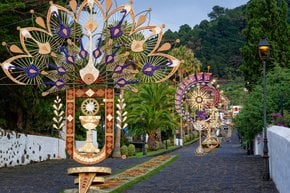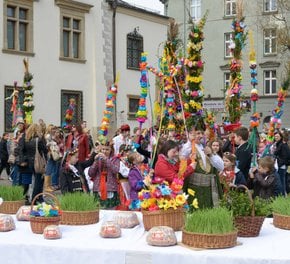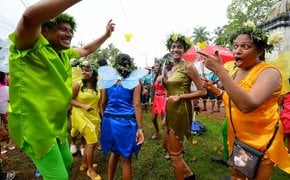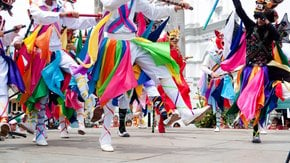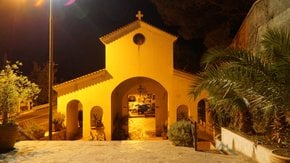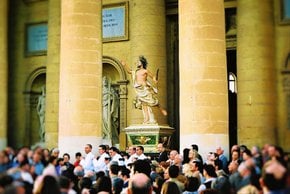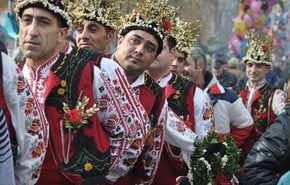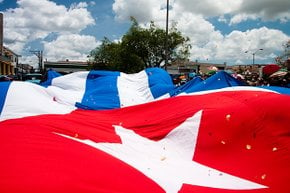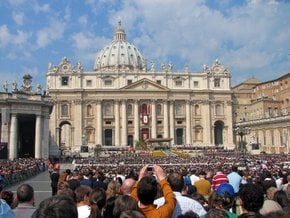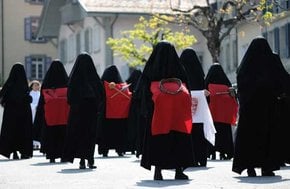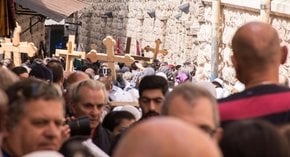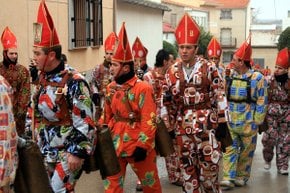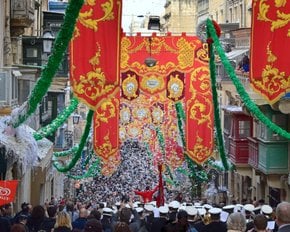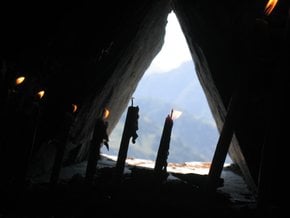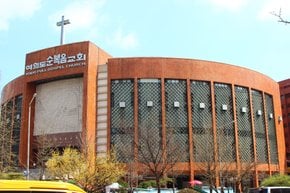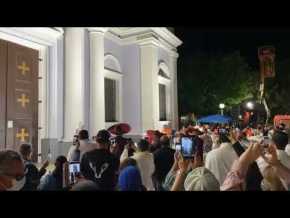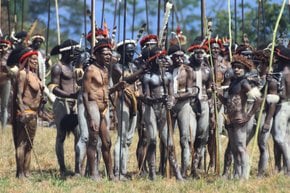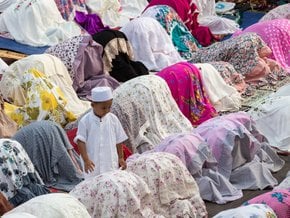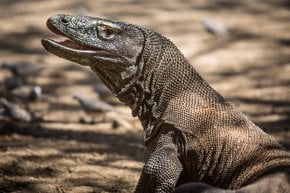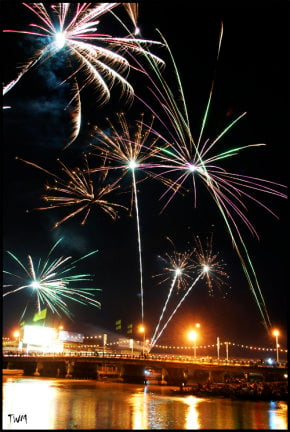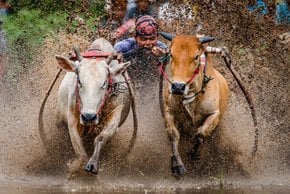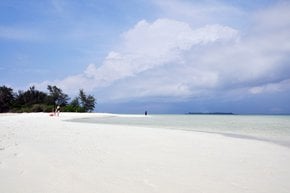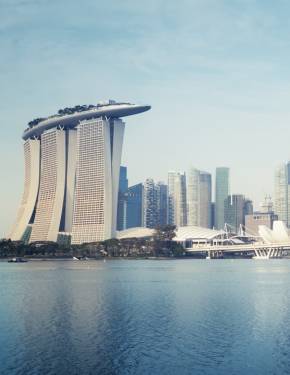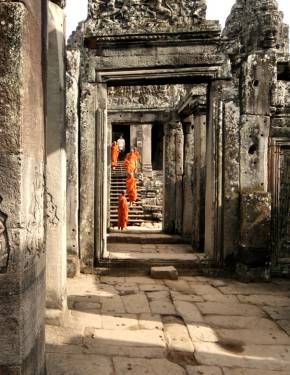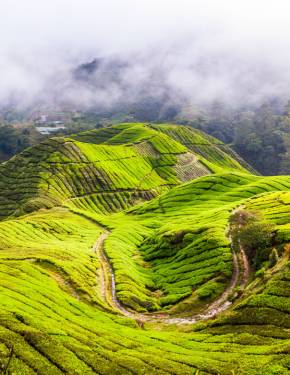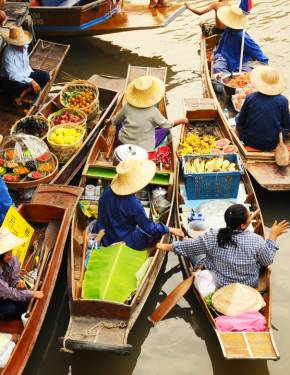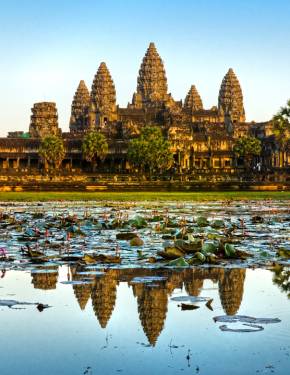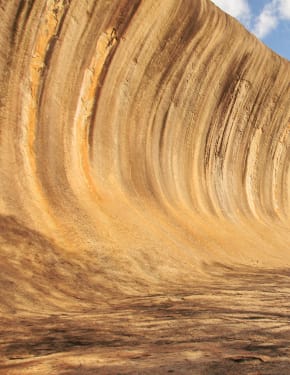Holy Week & Easter in Indonesia 2025
Delve into regional peculiarities of Easter celebration in Indonesia
Dates: April 13–20, 2025
Perhaps a few people know Indonesian Christians celebrate Easter with a swing. It's not only about visiting a church or getting together with family. This Asian country of volcanic islands has developed its own traditions to pay tribute to Jesus's Resurrection.
Easter traditions in Indonesia
The people of Central Borneo have a tradition called Memento Mori—they visit the family tombs to honor those who have passed away. East Nusa Tenggara celebrates with the so-called Kure procession parading the statue of Jesus and Mary through the village of Noemuti. Wonogiri stages its own Passions of Jesus. And the residents of Kulon Progo visit The Cave of Maria (Jatiningsih Mary Cave).
Semana Santa in Larantuka
The most popular celebration not to miss is the internationally renowned Semana Santa in Larantuka, the capital of East Flores (Flores Timur). Just like in other parts of the world, the highlights of Semana Santa are solemn street processions that feature the statues of Jesus and Maria followed by penitents and cross-bearers. Thousands of fervent pilgrims from all over Indonesia join in. During the Holy Week, several processions take place. At this time of year, the streets of East Flores are exceptionally beautiful, all lined up with candles.
One of the most important ceremonies takes place on the Maundy Thursday—the statue of Tuan Ma or Virgin Mary is taken out of the coffin, showered, then dressed into mourning blue coat and paraded across the streets of the town. On Good Friday or Sesta Ver, the parade moves to the shoreline—a statue-bearing boat is accompanied by a flotilla of canoes.
The weekly ritual ends on Good Friday. In the morning, the doors of the Tuan Ma and Tuan Ana (Jesus and Virgin Mary) chapels open for visitors. In the chapel, the ritual of transferring the statue of the body of Jesus Christ is carried out, which becomes the center of the ritual with the mourning mother (Mater Dolorosa), Mary.
This annual Catholic tradition has been practiced in East Flores since around the 16th century, which was the Portuguese period. Over 95% of Larantuka's people identify themselves as Roman Catholics, which is the result of strong colonial influence.

